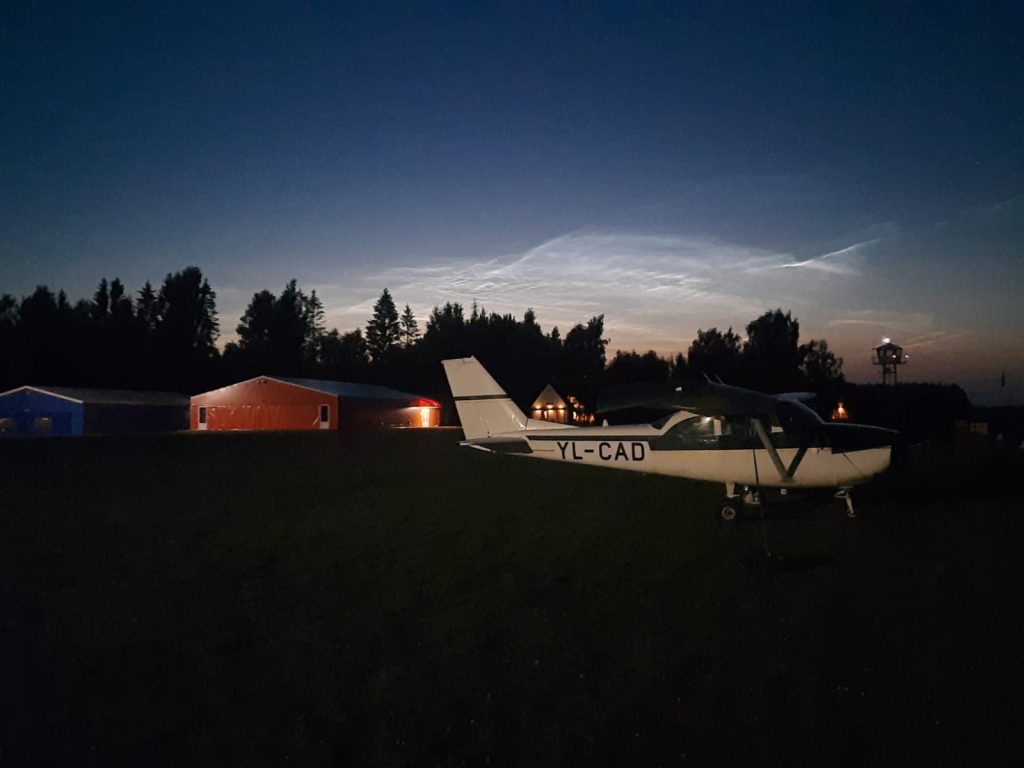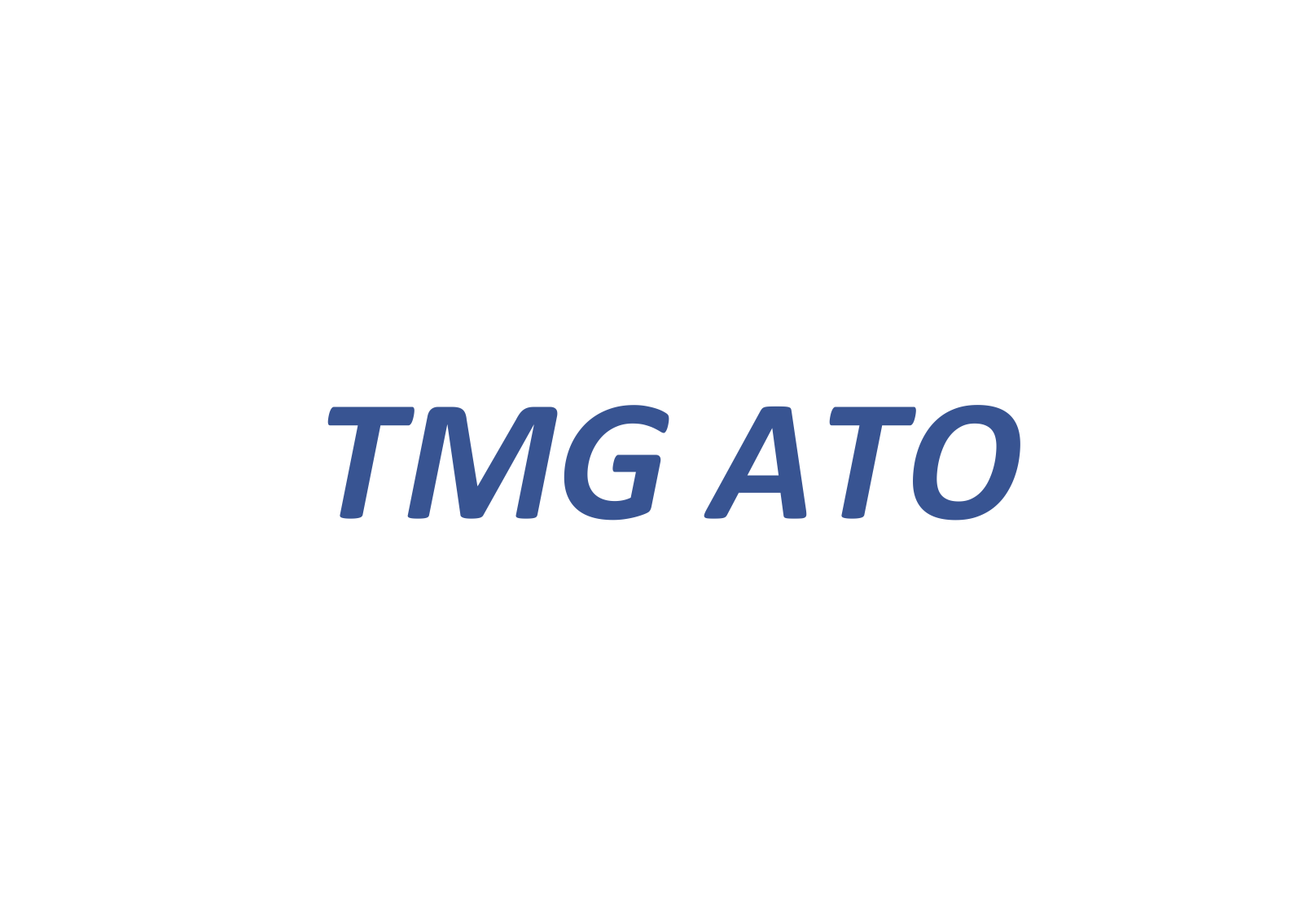TMG Class Rating Course (FCL.725(a));
SEP Class Rating Course (FCL.725 (a));
LAPL(A) – Extension of privileges to TMG (FCL.135.A);
LAPL(S) – Extension of privileges to TMG (FCL.135.S);
SPL – Extension of privileges to TMG (FCL.205.S(a));
LAPL for sailplanes – LAPL(S) Course (FCL.110(S));
LAPL for aeroplane – LAPL(A) Course (FCL.110(A));
PPL for aeroplane – PPL(A) Course (FCL.210(A));
ATPL modular course- Aeroplanes (FCL.515);
Advanced UPRT course- Aeroplanes (FCL.745.A). Our new course available from August 2022!!! https://fb.watch/etkfBl1pEC/
Advantages of training on a motorglider (TMG) We strongly recommend that you do your basic training for your Private Pilot Licence PPL(A) on our Touring Motor-glider.
There are a number of very good reasons for this;
* You get the same PPL(A), training on the motor-glider as you do training for example Cessna 152/172 or any other single engine airplane.
Only difference is the Class rating issued initially with the licence.
* Better basic training. The motor-glider requires a higher standard of piloting skills than SEP (Single engine piston). This will stand to you throughout your future flying whether recreational or professional pilot.
* Lower cost. With us you will save minimum of 30% of your money which you would spend to do your initial PPL or LAPL licence on any other single engine aircraft . The efficient high aspect ratio wing (similar to that of a passenger jet) means a lower fuel cost.
* More fun. The efficient wing gives the TMG a low sink rate and excellent glide ratio compared to SEP. This allows you to explore some soaring experience which you would never get while you are doing your PPL training . We also charge lower rate when engine is turned off.
Two Class ratings for the price of one! You will do the minimum of 3 hrs flying on our SEP during the TMG course and this means that you have the opportunity to add the SEP Class rating at minimum additional cost. It is far easier to convert from TMG to SEP than the other way around.
* Hours flown on TMG count towards the experience requirements for maintaining an SEP Class rating and vice versa.
What is the difference between EASA LAPL and EASA PPL ?
EASA LAPL
*Training:30 hours flight training, 6 hours solo of which 3 hours must be cross country.
*Cross country qualifier:80nm landing at one aerodrome different than departure.
*Privileges: PIC on types for which a Class Rating is held. Max 4 Passengers (Incl Pilot) on single engine land planes or TMGs of up to 2000kg.
*Limitations: VFR Day/Night (if qualified) EU airspace only.
Validity:Non Expiring Lifetime Licence
EASA PPL
*Training:45 hours flight training, 10 hours solo of which 5 hours must be cross country. Cross country qualifier: 150nm landing at two aerodromes different than departure.
*Privileges:Holders of PPL (A) are to act without remuneration as PIC or co-pilot on aeroplanes or TMGs engaged in non-commercial operations.
*Not withstanding the paragraph above, the holder of a PPL(A) with instructor or examiner privileges may receive remuneration for:
(1) the provision of flight instruction for the LAPL(A) or PPL(A);
(2) the conduct of skill tests and proficiency checks for these licences;
(3) the ratings and certificates attached to these licences.
*Limitations:VFR Day/Night (if qualified) EU airspace and abroad e.g. USA, Australia etc.
Validity:Non Expiring Lifetime Licence

